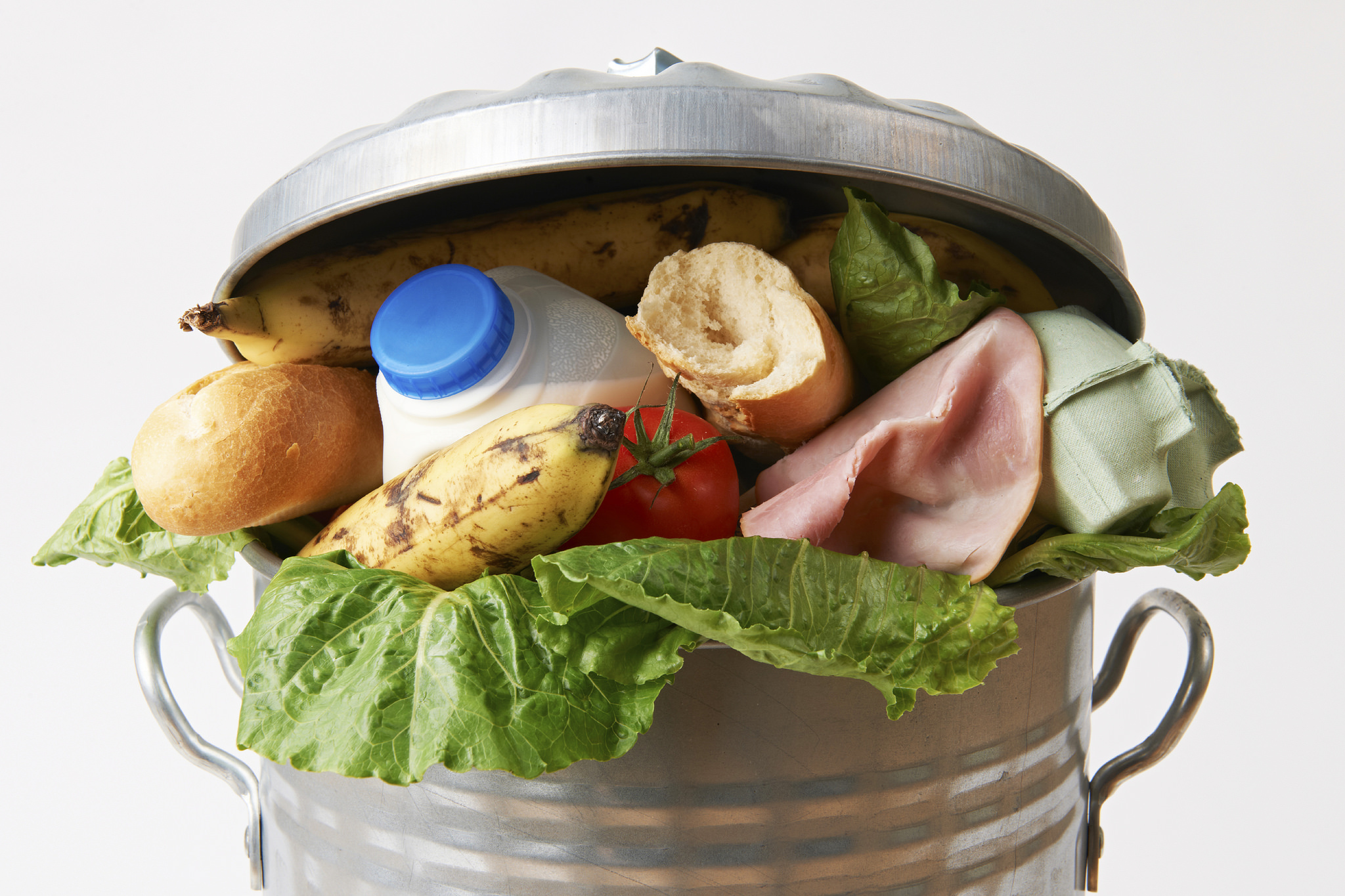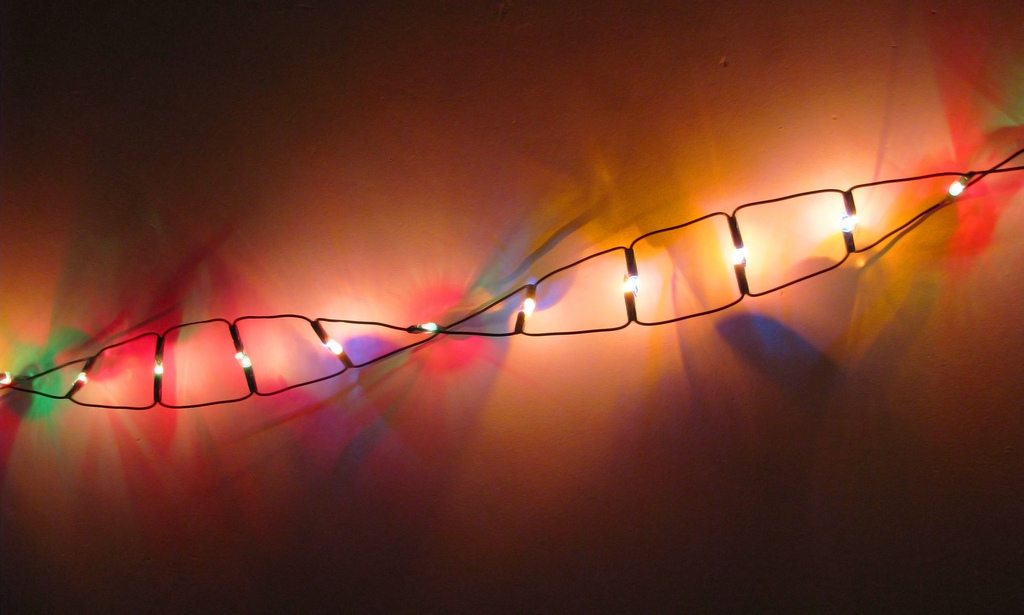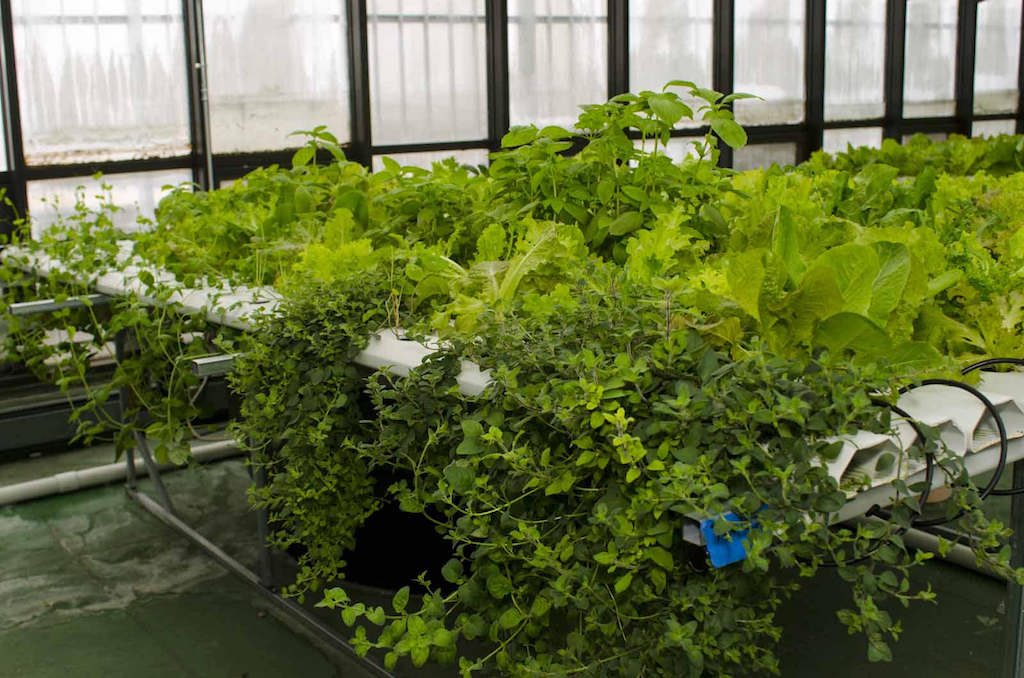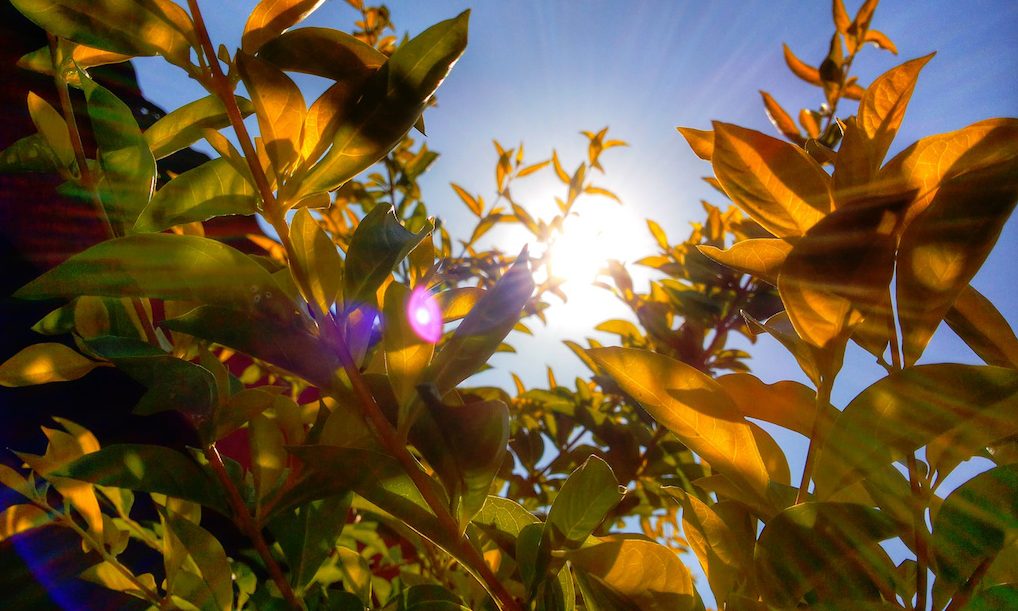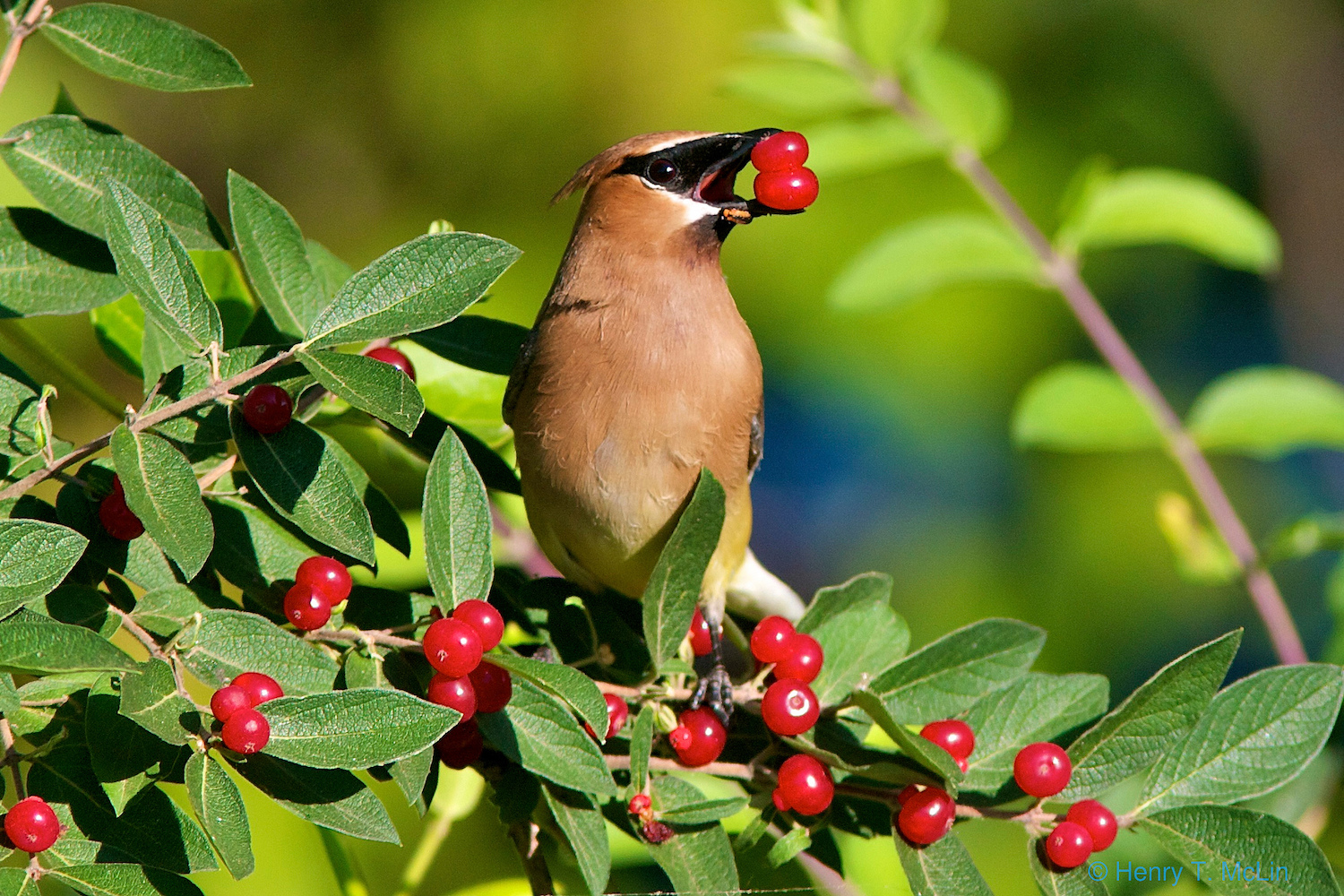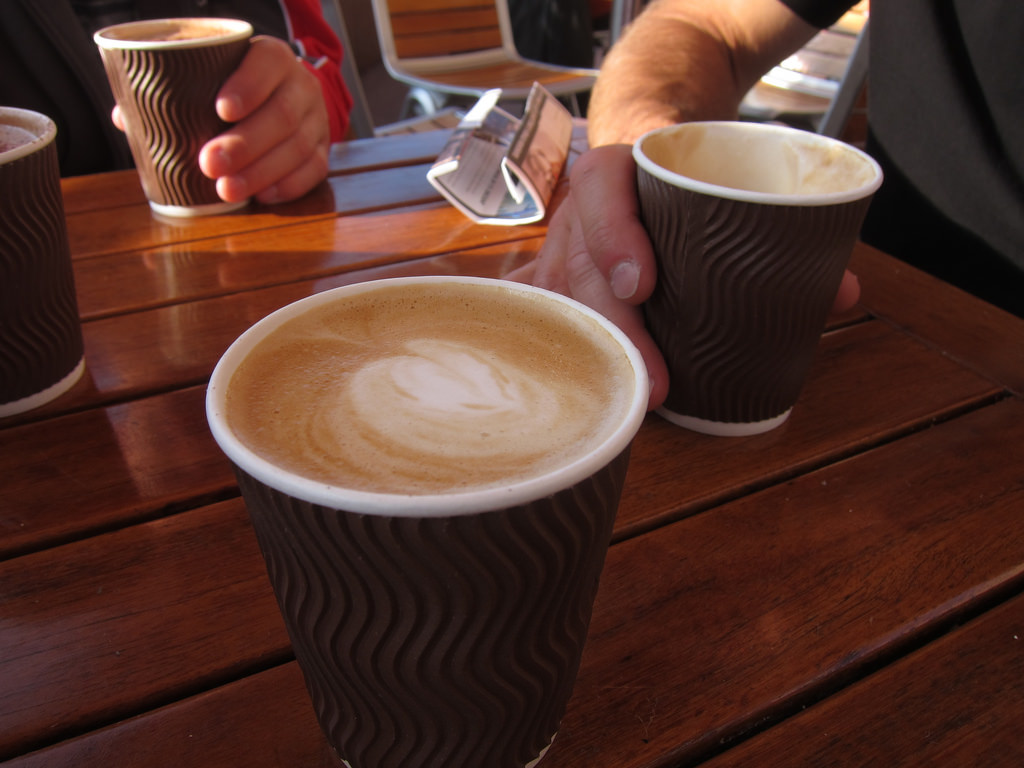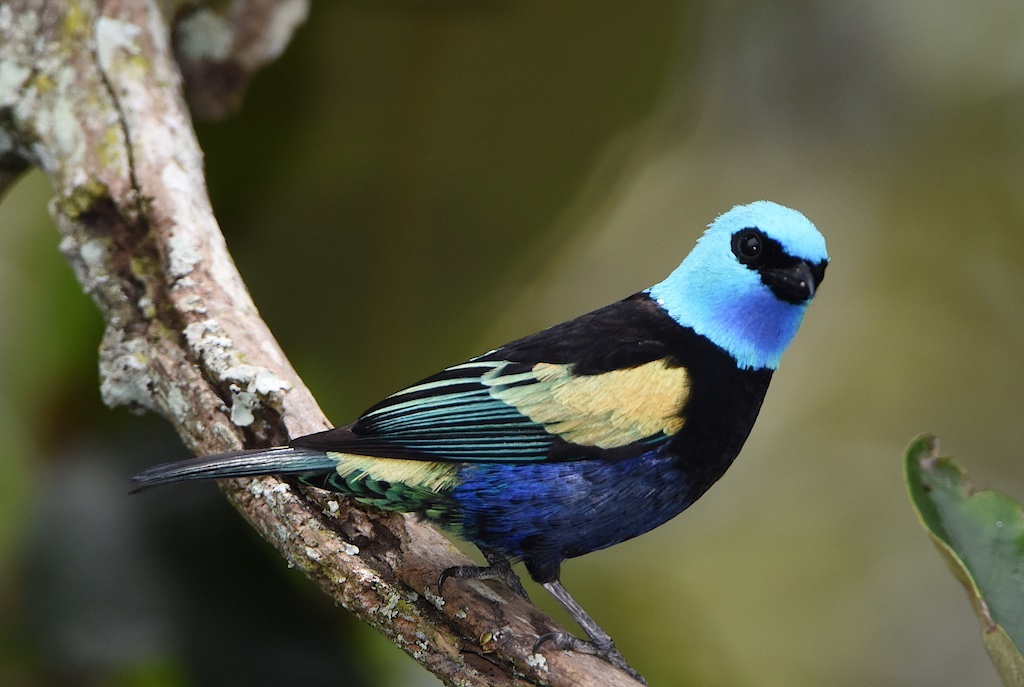
Smithsonian Institution
Shade-grown coffee has long been touted as an eco-friendly alternative to the more ubiquitous, commercially farmed stuff. In essence, the designation attempts to indicate that coffee plantations weren’t built by clear-cutting forests and ravaging local ecosystems.
But coffee farming is a lot more complex than this rule-of-thumb may suggest. New research finds that our country’s only federally-funded coffee certification program may need to reevaluate what truly sustainable farming looks like. In particular, scientists are discovering, we need to listen to the birds.
As its name suggests, full-sun farming requires that producers deforest large plots of land for the sake of growing coffee plants and harvesting the crop at high yields. This leaves birds who winter in the southern hemisphere with fewer forests to feed and house themselves. In 2014, researchers found that full-sun coffee farming makes up 76 percent of total cultivated area, and that number is on the rise.
As an alternative, there’s traditional shade-grown coffee, which is produced underneath a forest’s canopy. But “shade-grown” isn’t an official designation, and there are no criterion or oversight body governing the term’s use on coffee labels (though private certifiers like Rainforest Alliance do have shade requirements for their producers). As a result, countless brands, including Nestle, Starbucks, and Dunkin’ Donuts have tried to cash-in on the vague goodwill that the term “shade-grown” evokes.
 Smithsonian Institution
Smithsonian Institution A red-crowned woodpecker
But just how effective is Bird Friendly? According to new research published in Biotropica, a journal of conservation science, the program has room for fine-tuning.
Currently, Bird Friendly requires farmers to plant multiple types of trees, and it encourages them to prioritize native ones. What exact species get planted, and in what numbers, is largely up to farmers to decide. However, all trees are not equally beneficial to migratory birds, says Doug Tallamy, a professor at the University of Delaware whose team is behind the recent findings. At the root of these differences is the fact that bugs, the main source of food for birds, will not simply settle on any old tree.
“Most animals do not eat plants—they eat the things that eat plants, and those things are mostly insects,” explains Tallamy. “Most insects […] can only eat the plants they have coevolved with.”
 El Roble
El Roble A Bird Friendly-certified farm in Colombia features a structurally diverse canopy for birds to house and feed themselves
Tallamy wanted to know which trees Bird Friendly farms were planting, and whether birds had preferences among them. To do so, he conducted bird-watching observations at two Bird Friendly-certified farms, one in Nicaragua in January of 2015 and two in Colombia in January of 2015 and January of 2016. At both farms, his team selected multiple tree species to observe for 10-minute periods of time, twice daily, for a full month. During these observation periods, trained bird-watchers recorded bird behavior, including species present and time spent foraging.
What Tallamy’s team found is that birds prefer certain species of trees, are impartial to others, and at times, they even avoid specific varieties. To Tallamy, this suggests that Bird Friendly criteria should incentivize coffee farmers to plant trees that migratory birds prefer.
“We can’t expect the growers to do that if we don’t rank them, and say, ‘here are the best ones and here are the ones that are not so good and here the ones you should totally avoid,’” he says.
However, Rice stressed that any changes to Bird Friendly ought to maintain the autonomy of small-scale farmers. After all, the program was founded to acknowledge producers who operate coffee farms in harmony with nature, not to micromanage the details.
“It’s hard to tell growers what to plant. It’s their farm. It’s their life. It’s their livelihood,” Rice tells me over the phone, the sound of birds chirping almost too serendipitously in the background. So it’s a bit presumptuous to say, ‘You’ve got to plant this, you’ve got to plant that.’”
Indeed, most farms that qualify for Bird Friendly are small-scale producers, and for them, trees can double as an extra source of income.
 Smithsonian Institution
Smithsonian Institution An orange crowned oriole
“Like any monoculture, if prices go through the basement or if bad weather comes in that ruins the crop in some way or disease comes in and hammers the crop, then you know, you’re just out of luck,” Rice says. “So it just so happens that these small producers are these guardians of biodiversity.”
Oswaldo Acevedo is one such guardian. A fourth-generation coffee farmer based in Santander, Colombia, Acevedo’s Bird Friendly-certified farm is 300 hectares in size (740 acres), featuring about 60,000 shade trees. He says he produces shade-grown coffee because it’s better for birds, and thus, better for the future. As a bonus, it also helps mitigate environmental impacts linked to global warming.
“We measure the temperature in the sun, and then we measure the temperature inside the forest, and the difference is substantial, it’s like 15 to 20 percent,” he tells me.
 El Roble
El Roble Bird Friendly-certified coffee grown on Oswaldo Acevedo’s farm in Santander, Colombia
Rice’s point is that changes to the Bird Friendly-program—such as the prioritization of certain tree species or others—should consider operational and economic difficulties that small-scale coffee farmers face.
That being said, the very trees that are good for birds may be simultaneously beneficial for farmers. Tallamy’s study highlighted the appeal of nitrogen-fixing, leguminous species. These can absorb nitrogen in the air and transfer it to the soil, making it more fertile. And by inviting more birds onto coffee farms, producers are getting pest control services in return.
These intricate and intersecting relationships still require a lot more research, though. In this study, Tallamy’s team looked at the ways that birds interacted with trees. Up next, he wants to get a closer look at how birds interact with insects, as part of a larger inquiry into what exactly they want. All we know for now is that it’s more than just shade.

